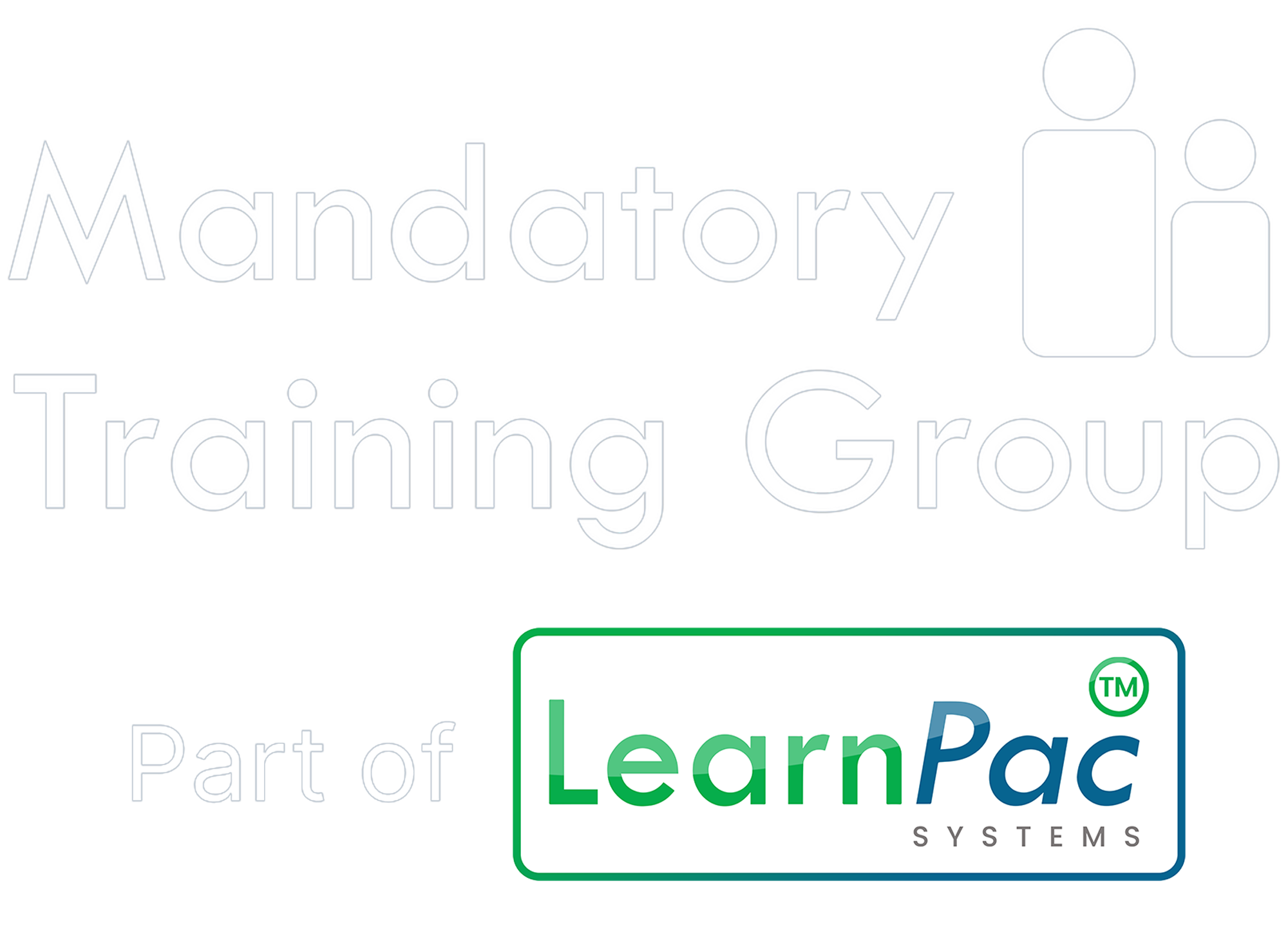You have no items in your shopping basket.
Assisting and moving people (social care) eLearning courses
Enhancing quality of life: The vital role of effective assisting and moving people (social care) in UK settings
Rose Mabiza
11-04-2024
In the realm of social care, ensuring the well-being and dignity of individuals is paramount. Effective assisting and moving people (social care) plays a pivotal role, enabling caregivers to provide safe and compassionate support to those in need. In this blog, Rose Mabiza delve into the importance of this practice in UK settings, exploring key facts, legislation, regulations, and best practices that underpin its significance.
Key facts and statistics
- According to the Health and Safety Executive (HSE), musculoskeletal disorders are the most common cause of work-related ill health in the UK, with manual handling being a significant contributing factor.
- The Care Quality Commission (CQC) highlights that effective handling and moving practices are essential for promoting the safety and well-being of individuals in social care settings.
- The UK's ageing population underscores the growing demand for social care services, emphasising the need for proficient handling and moving skills among caregivers.

Image by Rawpixel via Envato Elements

Image by monkeybusiness via Envato Elements
Key definitions
Assisting and moving people (social care) - Providing support and aid to individuals who require assistance with mobility due to physical or mental disabilities, old age, or health conditions.
Relevant legislation, regulations, and best practices
Health and Safety at Work Act 1974 - Places a legal duty on employers to ensure their employees' health, safety, and welfare, including providing adequate training and equipment for safe handling practices.- Manual Handling Operations Regulations 1992 - This regulation requires employers to conduct risk assessments and implement measures to minimise the risk of injury from manual handling activities.
- Care Act 2014 - This act promotes the well-being of individuals needing care and support, including provisions for safe and practical assistance with moving and handling.

Image by DC_Studio via Envato Elements

Image by LightFieldStudios via Envato Elements
Empowering caregivers - Assisting and moving people (social care) training
Ensuring safe practices
- Conducting regular risk assessments - Care providers must assess the risks associated with assisting and moving individuals, considering factors such as the individual's needs, the environment, and available equipment.
- Providing adequate training - Caregivers should receive comprehensive training in manual handling techniques, risk assessment, and assistive equipment to perform their duties safely and effectively.
- Implementing safe handling protocols - Establishing clear protocols and procedures for assisting and moving individuals, including guidelines for proper lifting techniques, team handling, and mechanical aids.
- Promoting a culture of safety - Fostering a workplace culture that prioritises safety, encourages open communication, and empowers staff to raise concerns or suggestions for improving handling practices.
Recommendations
- Invest in comprehensive training - Ensure caregivers receive ongoing training and development opportunities to enhance their skills and knowledge in assisting and moving people.
- Regularly review and update policies - Align policies and procedures with the latest legislation, regulations, and best practice guidance to maintain compliance and promote continuous improvement.
- Prioritise staff well-being - Recognise the physical and emotional demands of assisting and moving people and provide support services, such as counselling and ergonomic assessments, to safeguard the well-being of caregivers.

Image by bialasiewicz via Envato Elements

Image by AnnaStills via Envato Elements
Conclusion
Effective assisting and moving people (social care) is not just a task but a responsibility that significantly impacts the quality of life for individuals receiving care. By adhering to legislative requirements, implementing best practices, and prioritising staff training and well-being, care providers can ensure safe, dignified, and person-centred support for those in need. Let us work together to enhance the standard of care and promote the well-being of individuals in UK social care settings.
Join us in our commitment to promoting excellence in social care by enrolling in our accredited assisting and moving people (social care) training courses. Equip yourself with the skills and knowledge to make a positive difference in the lives of those who rely on our care.
Visit the Mandatory Training Group to learn more and take the first step towards enhancing the quality of care in your organisation.
In the realm of social care, ensuring the well-being and dignity of individuals is paramount. Effective assisting and moving people (social care) plays a pivotal role, enabling caregivers to provide safe and compassionate support to those in need. In this blog, Rose Mabiza delve into the importance of this practice in UK settings, exploring key facts, legislation, regulations, and best practices that underpin its significance.
Key facts and statistics

Image by Rawpixel via Envato Elements
- According to the Health and Safety Executive (HSE), musculoskeletal disorders are the most common cause of work-related ill health in the UK, with manual handling being a significant contributing factor.
- The Care Quality Commission (CQC) highlights that effective handling and moving practices are essential for promoting the safety and well-being of individuals in social care settings.
- The UK's ageing population underscores the growing demand for social care services, emphasising the need for proficient handling and moving skills among caregivers.
Key definitions

Image by monkeybusiness via Envato Elements
Assisting and moving people (social care) - Providing support and aid to individuals who require assistance with mobility due to physical or mental disabilities, old age, or health conditions.
Relevant legislation, regulations, and best practices

Image by DC_Studio via Envato Elements
Health and Safety at Work Act 1974 - Places a legal duty on employers to ensure their employees' health, safety, and welfare, including providing adequate training and equipment for safe handling practices.- Manual Handling Operations Regulations 1992 - This regulation requires employers to conduct risk assessments and implement measures to minimise the risk of injury from manual handling activities.
- Care Act 2014 - This act promotes the well-being of individuals needing care and support, including provisions for safe and practical assistance with moving and handling.
Empowering caregivers - Assisting and moving people (social care) training

Image by LightFieldStudios via Envato Elements
Ensuring safe practices
- Conducting regular risk assessments - Care providers must assess the risks associated with assisting and moving individuals, considering factors such as the individual's needs, the environment, and available equipment.
- Providing adequate training - Caregivers should receive comprehensive training in manual handling techniques, risk assessment, and assistive equipment to perform their duties safely and effectively.
- Implementing safe handling protocols - Establishing clear protocols and procedures for assisting and moving individuals, including guidelines for proper lifting techniques, team handling, and mechanical aids.
- Promoting a culture of safety - Fostering a workplace culture that prioritises safety, encourages open communication, and empowers staff to raise concerns or suggestions for improving handling practices.
Recommendations

Image by bialasiewicz via Envato Elements
- Invest in comprehensive training - Ensure caregivers receive ongoing training and development opportunities to enhance their skills and knowledge in assisting and moving people.
- Regularly review and update policies - Align policies and procedures with the latest legislation, regulations, and best practice guidance to maintain compliance and promote continuous improvement.
- Prioritise staff well-being - Recognise the physical and emotional demands of assisting and moving people and provide support services, such as counselling and ergonomic assessments, to safeguard the well-being of caregivers.
Conclusion

Image by AnnaStills via Envato Elements
Effective assisting and moving people (social care) is not just a task but a responsibility that significantly impacts the quality of life for individuals receiving care. By adhering to legislative requirements, implementing best practices, and prioritising staff training and well-being, care providers can ensure safe, dignified, and person-centred support for those in need. Let us work together to enhance the standard of care and promote the well-being of individuals in UK social care settings.
Join us in our commitment to promoting excellence in social care by enrolling in our accredited assisting and moving people (social care) training courses. Equip yourself with the skills and knowledge to make a positive difference in the lives of those who rely on our care.
Visit the Mandatory Training Group to learn more and take the first step towards enhancing the quality of care in your organisation.
About the author
Dr Richard Dune

With over 20 years of experience, Richard blends a rich background in NHS, the private sector, academia, and research settings. His forte lies in clinical R&D, advancing healthcare tech, workforce development and governance. His leadership ensures regulatory compliance and innovation align seamlessly.
Related blog articles
View allRelated blog articles
View allContact us
Complete the form below to start your ComplyPlus trial and transform your regulatory compliance solutions.






